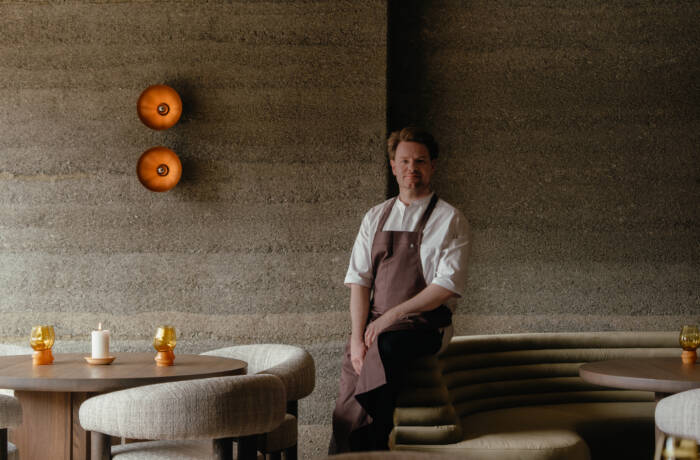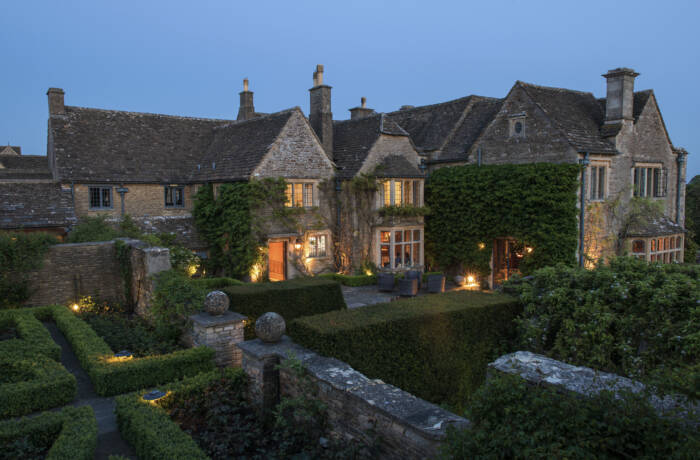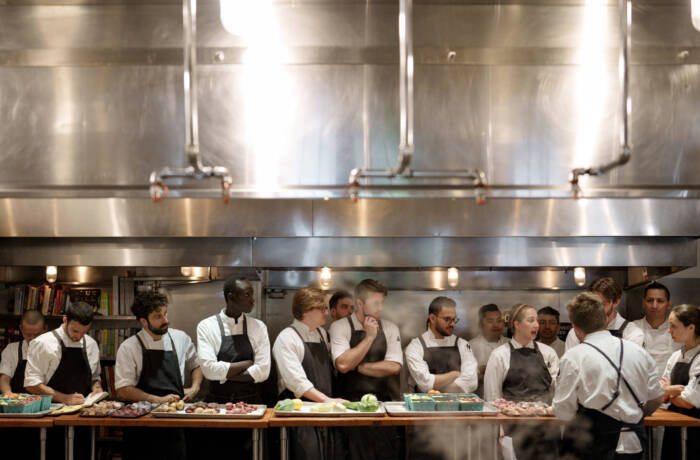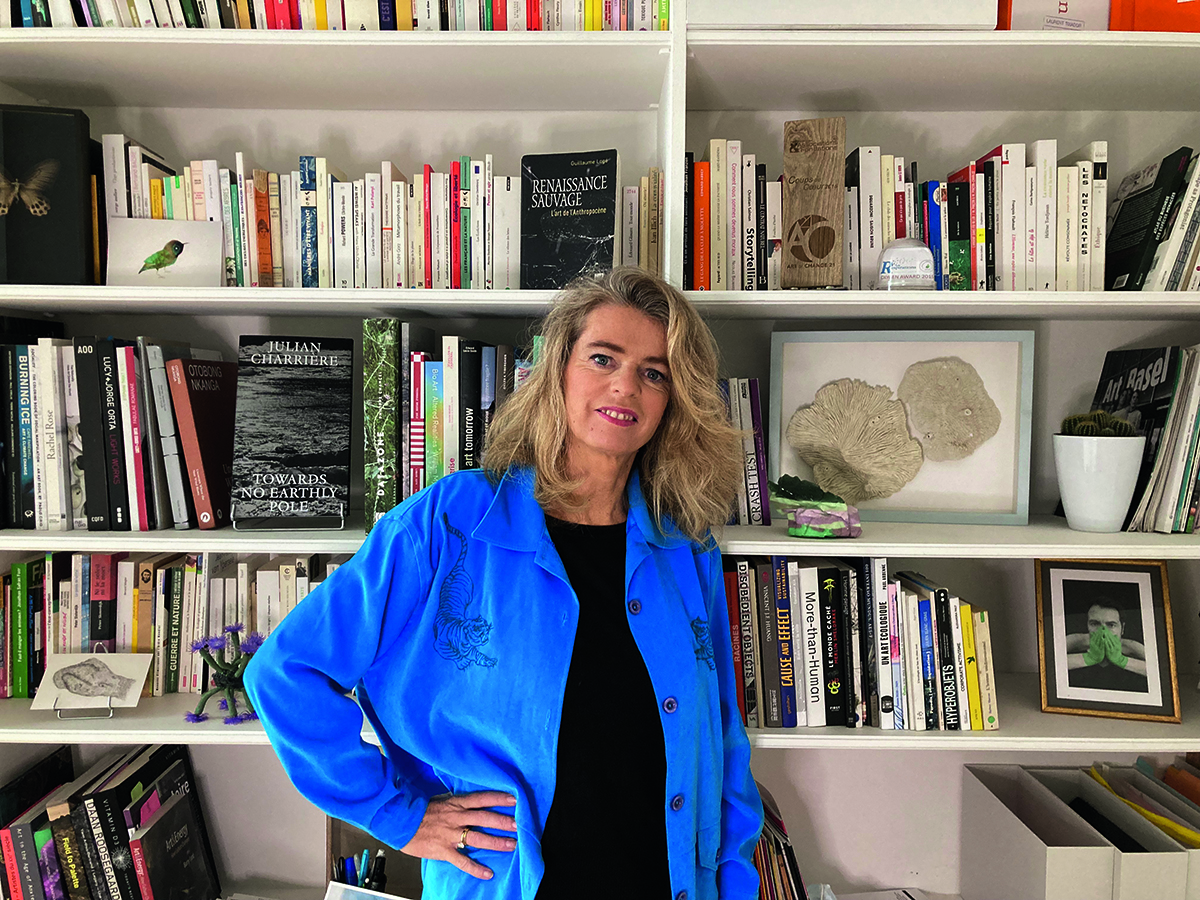
Alice Audouin at the Art of Change 21 office
The Paris-based polymath has spent nearly 20 years enabling an ecosystem in which art and environmental concerns meet in meaningful and magical ways. Alice Audouin tells LUX about supporting a new generation of artists who invite us to consider nature via work of intense imagination. Interview by Anne-Pierre d’Albis Ganem
LUX: How would you describe yourself?
Alice Audouin: I work in contemporary art and sustainability as a curator and consultant. I’m also chair and founder of the not-for-profit organisation, Art of Change 21, which supports emerging eco-conscious artists via exhibitions and prizes. We bring artists to each COP conference; for COP26 in Glasgow, 2021, John Gerrard created Flare, about the ocean burning.
Follow LUX on Instagram: luxthemagazine
LUX: What are you up to as a curator?
AA: In September 2022, I curated an exhibition in Brussels at the Patinoire Royale Galerie Valérie Bach, connecting art and environmental issues, and a major show of Lucy + Jorge Orta, marking their 30-year anniversary. My last show was ‘Biocenosis 21’ in Marseille. We showed 14 global artists at the world’s biggest biodiversity meeting.
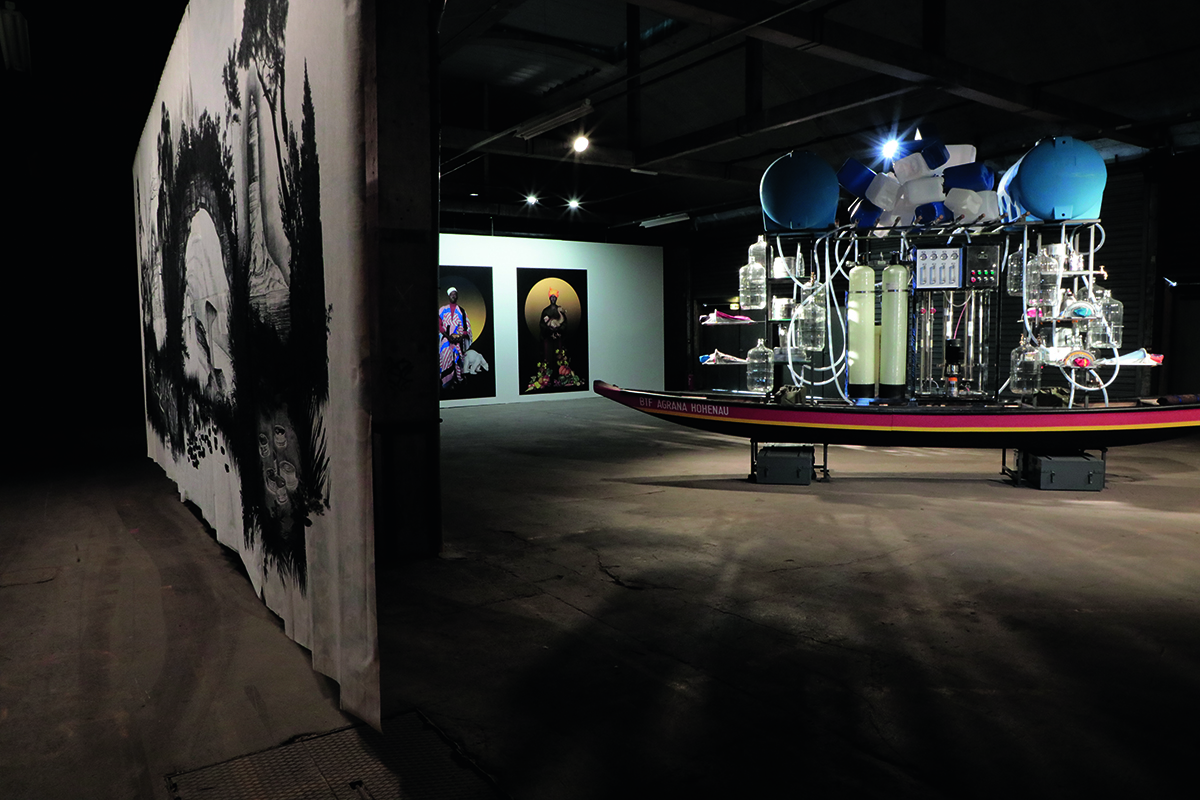
Views of ‘Novacène’, Lille, 2022
LUX: And there is the superbly titled ‘Novacène’.
AA: Novacene is a book by the late James Lovelock, the scientist who proposed the Gaia hypothesis, which was the first time scientists had said Earth is a kind of living creature. We were inspired by his predicted utopia of the Novacene, a new era of cooperation between nature and human, aided by technology. It follows the current geological era, the Anthropocene, during which human activity has changed the climate. We have created a group exhibition that runs till 2 October at the Gare Saint Sauveur, Lille. Our 20 artists include Julian Charrière, Otobong Nkanga and Zheng Bo. ‘Novacène’ looks at ideas in technology, interspecies relationships, energy and agriculture – a kind of new world I designed with my co-creator, Jean-Max Colard.
LUX: You also contributed to Art Paris 2022.
AA: I was invited to be a guest curator on art and the environment. It was a chance to show how, for the new generation of artists, the eco crisis is not just a theme but part of their world.
LUX: Was this momentum there when you began?
AA: I started my work in 2004 at UNESCO with ‘The Artist as a Stakeholder’, so I’ve been doing this work for 18 years. When I began I had 100 artists and it was difficult to find artists who considered global or environmental issues, but now I have 2,500 artists in my database. I was in a position to witness change, which I think came to the art market maybe five years ago.
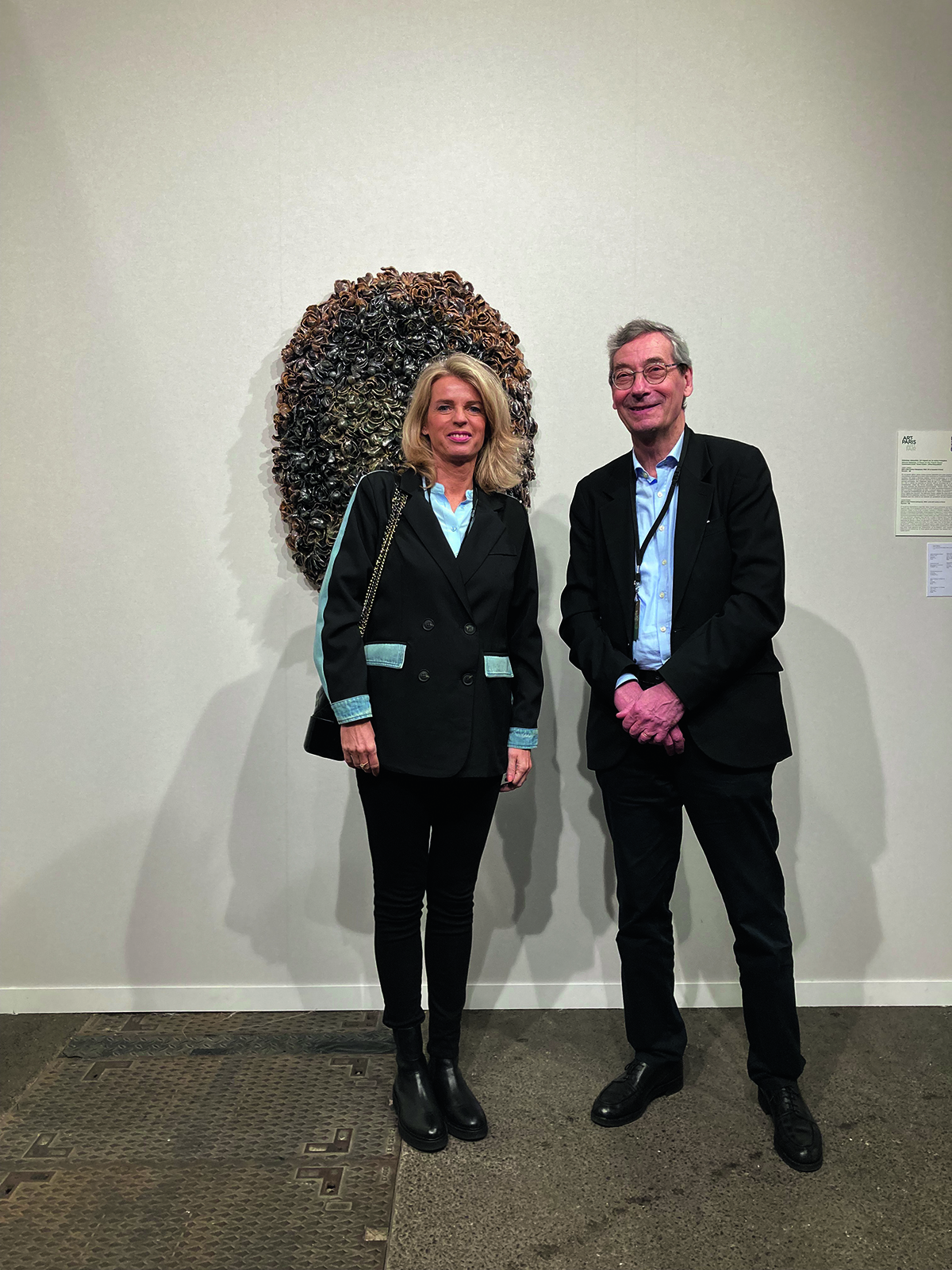
Alice Audouin with curator Alfred Pacquement at the Art Paris Art Fair, 2022
LUX: What is the artist’s role in the eco crisis?
AA: I don’t like to say artists should have a role. Their role is to be artists. But many conceptual artists, or artists who deal with their epoch, will cross environmental issues. Of these, many like to bring awareness, even solutions. Lucy + Jorge Orta purified water in Venice, pushing the idea of art with pieces that propose solutions. When they sell a drawing about the Amazon, the collector receives a certificate of a kind of moral ownership of 1sq m of forest. So they consider biodiversity as well as buying a drawing.
LUX: The artists involve people.
AA: Helping us think about our era – how we consume, our relation with time, resources, values, geopolitics – is very big now. Noémie Goudal works with paleoclimatology and proposes we reconnect our short individual time on Earth with long geological time. That’s important, because her art is also one solution to our relationship with nature.
LUX: Should artists not use plastic?
AA: We will see a revolution in materials. Tomás Saraceno, Gary Hume and our patron Olafur Eliasson are finding solutions to making – and moving – art. In-situ production is growing, too. For ‘Novacène’, two artists in Asia with complex installations gave us guidelines and we made them by distance. But I want to add caveats: if we over-reduce the means of artists’ production we will just have dead wood from a forest. If you say concrete is bad let’s drop it, you lose works. So we are in a transition period, as we look for green alternatives.
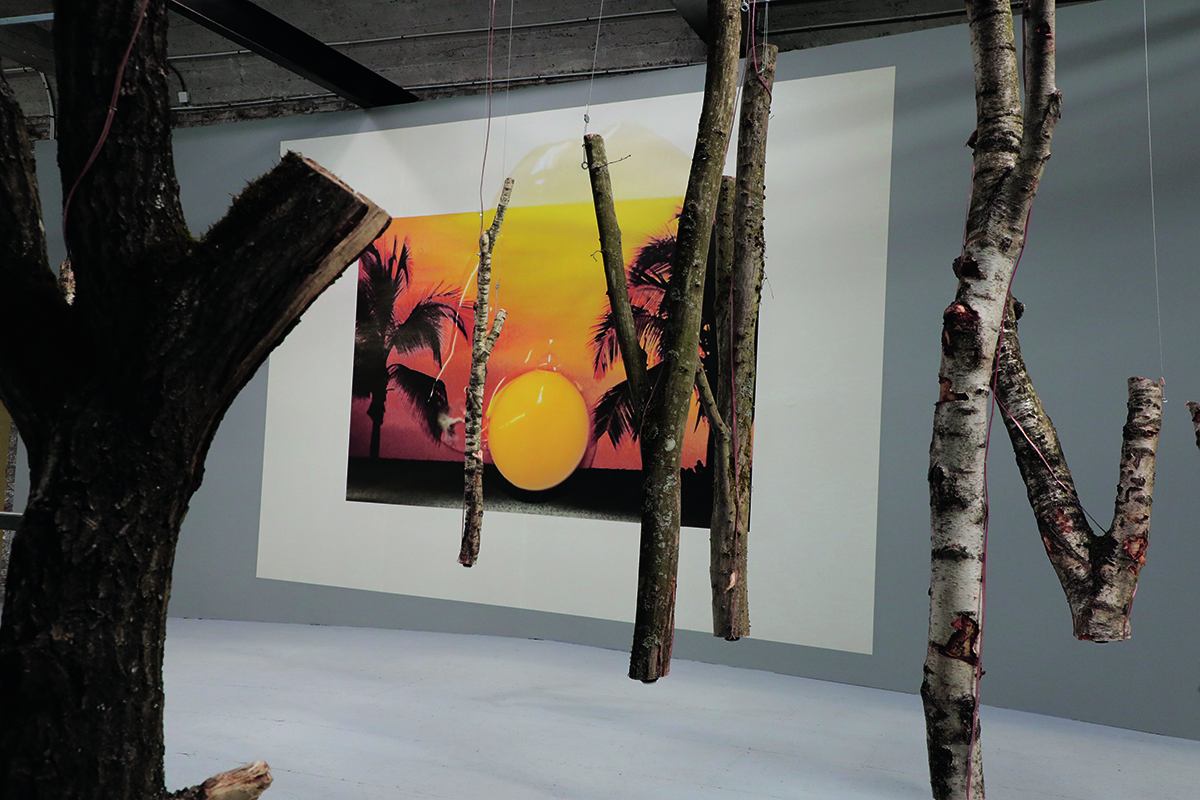
Views of ‘Novacène’, Lille, 2022
LUX: Tell us about biomimicry.
AA: It’s the idea nature provides and inspires. New art materials, such as mycelium mushrooms and algae, come from biomimicry. Chloé Jeanne, a laureate of the 2021 art prize I did with Ruinart, creates eco materials that are a kind of living creature. It involves the idea of care that, again, a collector continues. Eco design further explores how to create not only from the living but with the living. Tomás Saraceno’s Hybrid Web sculptures, for example, are co-created with spiders; Olafur Eliasson talks of interconnection. Many artists’ utopia now is not to work alone and compete, but to be together to create and cooperate.
Read more: Artist Precious Okoyomon on Nature & Creativity
LUX: When did your interest begin?
AA: I was far from nature as a child, and I studied art history and interned at a gallery. But then I studied environmental economics, after which I was hired by a bank for a sustainability project. They talked of stakeholders, and I thought why don’t you talk of artists as such? I knew climate change was huge and I believed it would manifest in contemporary art. And it did.
Find out more: artofchange21.com
This article first appeared in the Autumn/Winter 2022/23 issue of LUX

